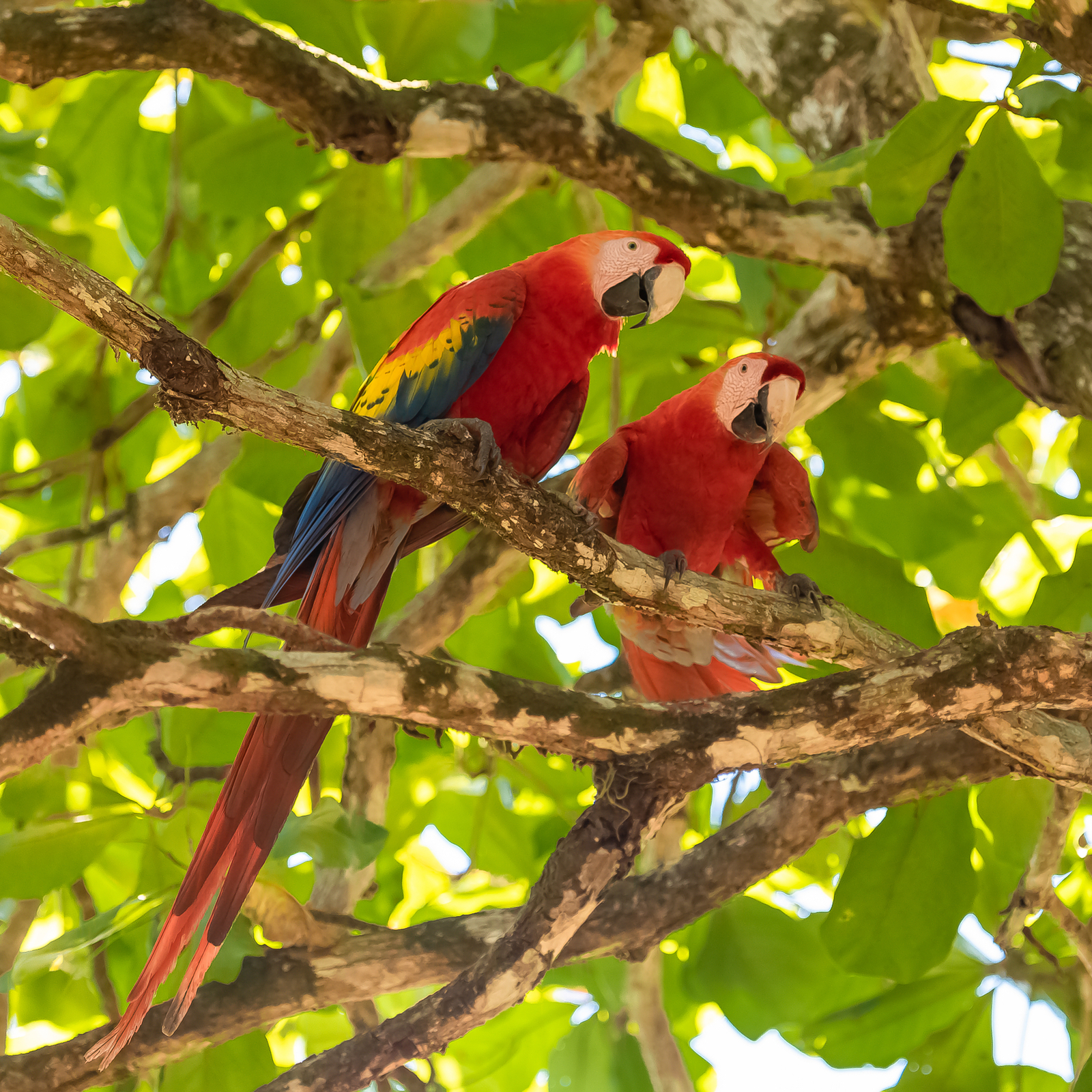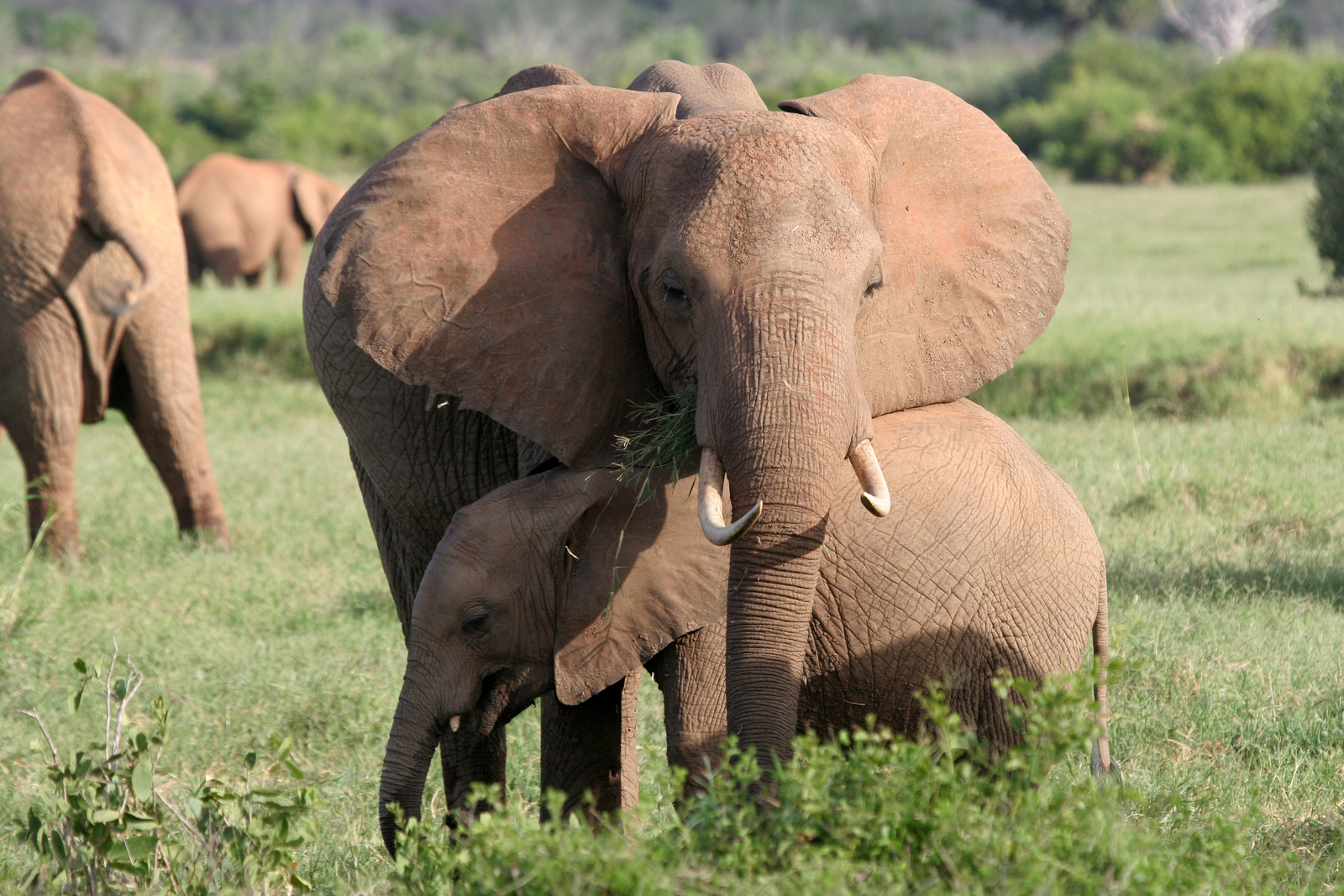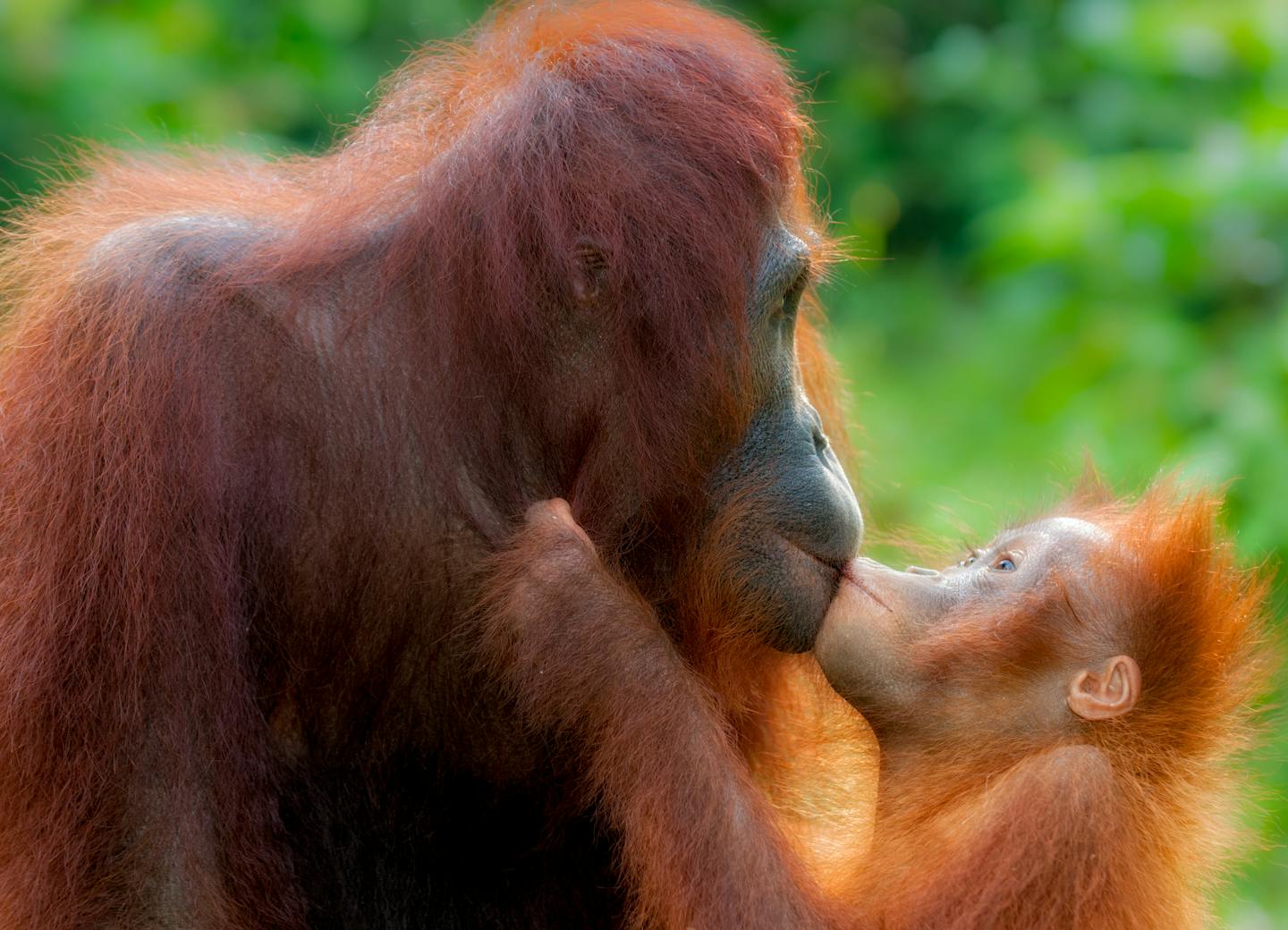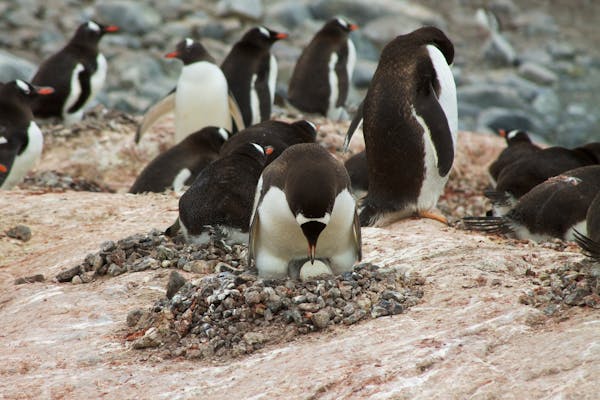A mother’s love is crucial for survival in Nature
Motherhood in the animal kingdom is rich and complex, extending far beyond the human experience. Across countless species, mothers are the cornerstone of survival and cultural transmission, nurturing their young in ways that are crucial for their development and the preservation of biodiversity.
The pivotal role of motherhood in cultural wisdom
In virtually all species, mothers provide their offspring with nourishment, comfort, and security. However, for successful survival in the wilderness, the young must also inherit a lineage of cultural wisdom. This knowledge, typically acquired from maternal figures and other elder mentors, is indispensable.
Culture encompasses knowledge and abilities that are transferred socially among individuals and across generations. It is not genetically encoded; it is learned. Socially-acquired skills are essential for a species' survival on Earth.
Scientists have recognized the generational transmission of skills as the fourth layer of life's diversity on Earth. Previously, biodiversity was defined on three levels: genetic diversity within a species, species diversity within a specific location, and habitat diversity in environments such as forests and coral reefs. The fourth layer represents cultural diversity.

Scarlet macaws (Ara macao) in Costa Rica. Image credit: © Gueret Pascale | Dreamstime
Maternal instruction in Costa Rica macaws
Consider Sam Williams' Macaw Recovery Network in Costa Rica, which reintroduces captivity-hatched fledgling scarlet and great green macaws into the wild. Releasing young birds into an intricate forest world without the customary parental cultural education is precarious.
Restoring parrot populations goes beyond merely training captive or orphaned young to identify food before liberating them. Williams noted that in a confined environment, it's impossible to teach them to understand where, when, and how to find food or good nesting trees. Mothers typically impart this knowledge.

A family pod orcas (Orcinus orca) traveling through Monterey Bay, California. Image credit: © Chase Dekker | Dreamstime
Sleepless nights and lifelong lessons of orca moms
Another example is orca whale mothers, who bear only one calf every five years. Given the high mortality rate in the first year, mothers must vigilantly monitor their young. The calves are sleepless for the first month of their lives, leading mothers to forsake rest to stay alert with them—sound familiar?
Orca calves stay with their mothers for their entire lives, even after having their own offspring, continually learning. They only part for a few hours at a time for foraging and mating.
Orcas, known as the most socially intricate non-human species, live in layered societies of pods, clans, and communities. All community members are familiar with their constituent pod members and consciously avoid contact with members of other communities. This social organization is learned from elders.
Elder female orcas also guide their young in learning essential migratory routes—a practice also observed in various birds and mammals. Without this elder instruction, the young wouldn't know where to go.

African savanna elephant (Loxodonta africana) mother with calf. Image credit: © Steffen Foerster | Dreamstime
Elephant matriarchs guide the herd through tradition
The elephant herd, another complex society, is female-dominated. A matriarch usually oversees every herd, typically comprised of five or six related animals. Female elephants gestate their young for up to 22 months, the longest period for any mammal. For the first two to three years of life, baby elephants are entirely reliant on their mother's milk.
After age two, when a calf begins to eat independently, the mother's milk continues to be a vital part of its diet. The calf's aunts and other female elephants in the herd assist the mother in protecting and caring for the young.
Male elephants remain with their mother in the herd for 16 years, nearly equivalent to human young. The matriarch's daughters typically stay with the herd for most, if not all, of their lives, relying on the community for sustenance, protection, and guidance from their mother.
From macaws to orcas, elephants, humans, and many more species, the role of motherhood is integral to survival and a thriving life. Finding one's place in the world requires guidance, affection, and a bit of nudging from mom.
Support Nature Conservation


.jpg?auto=compress%2Cformat&h=600&w=600)

